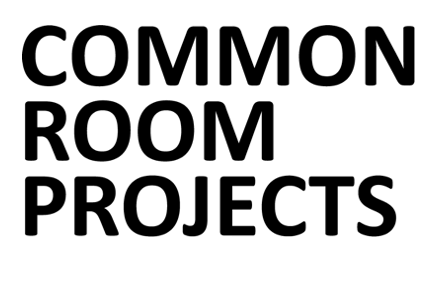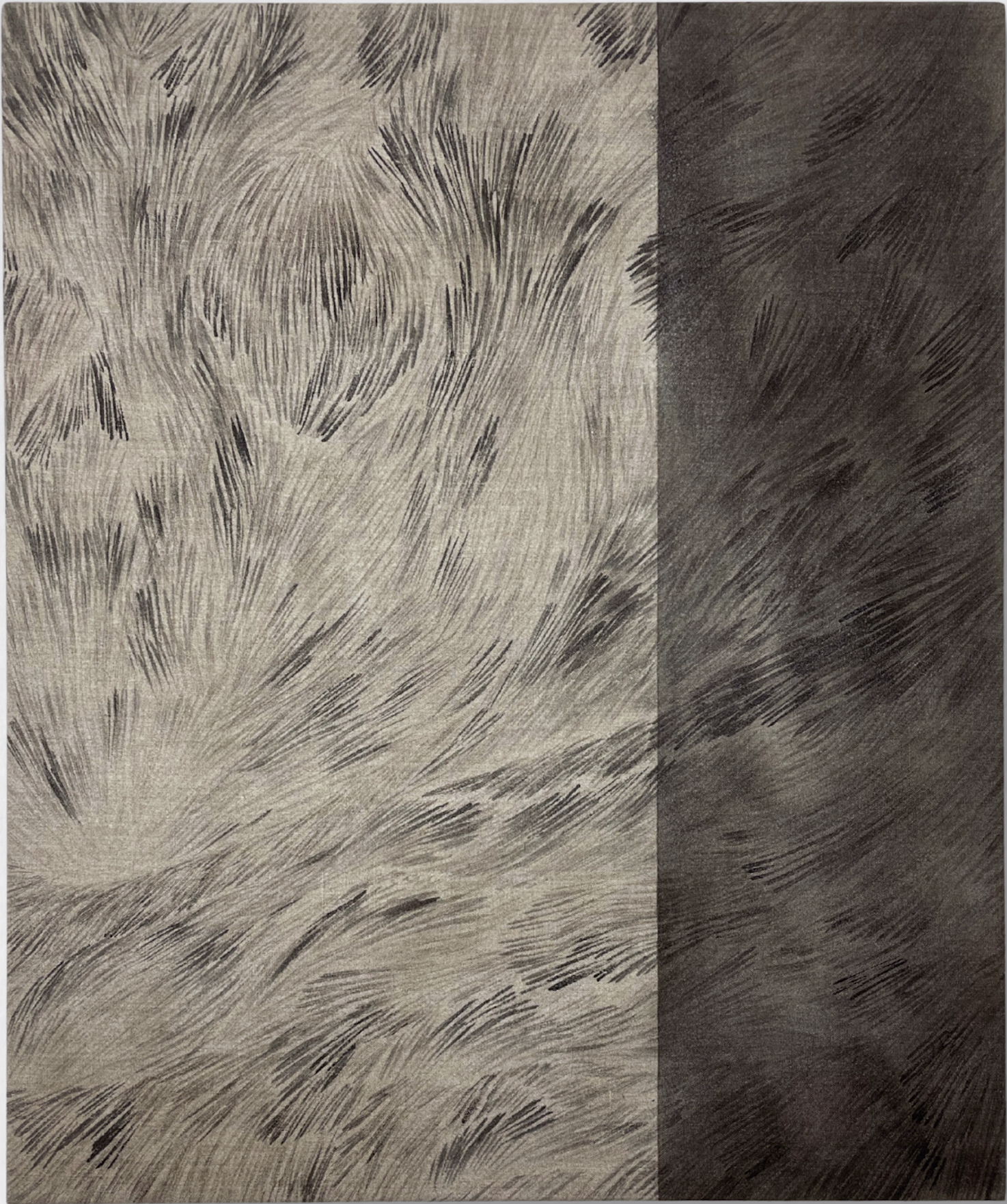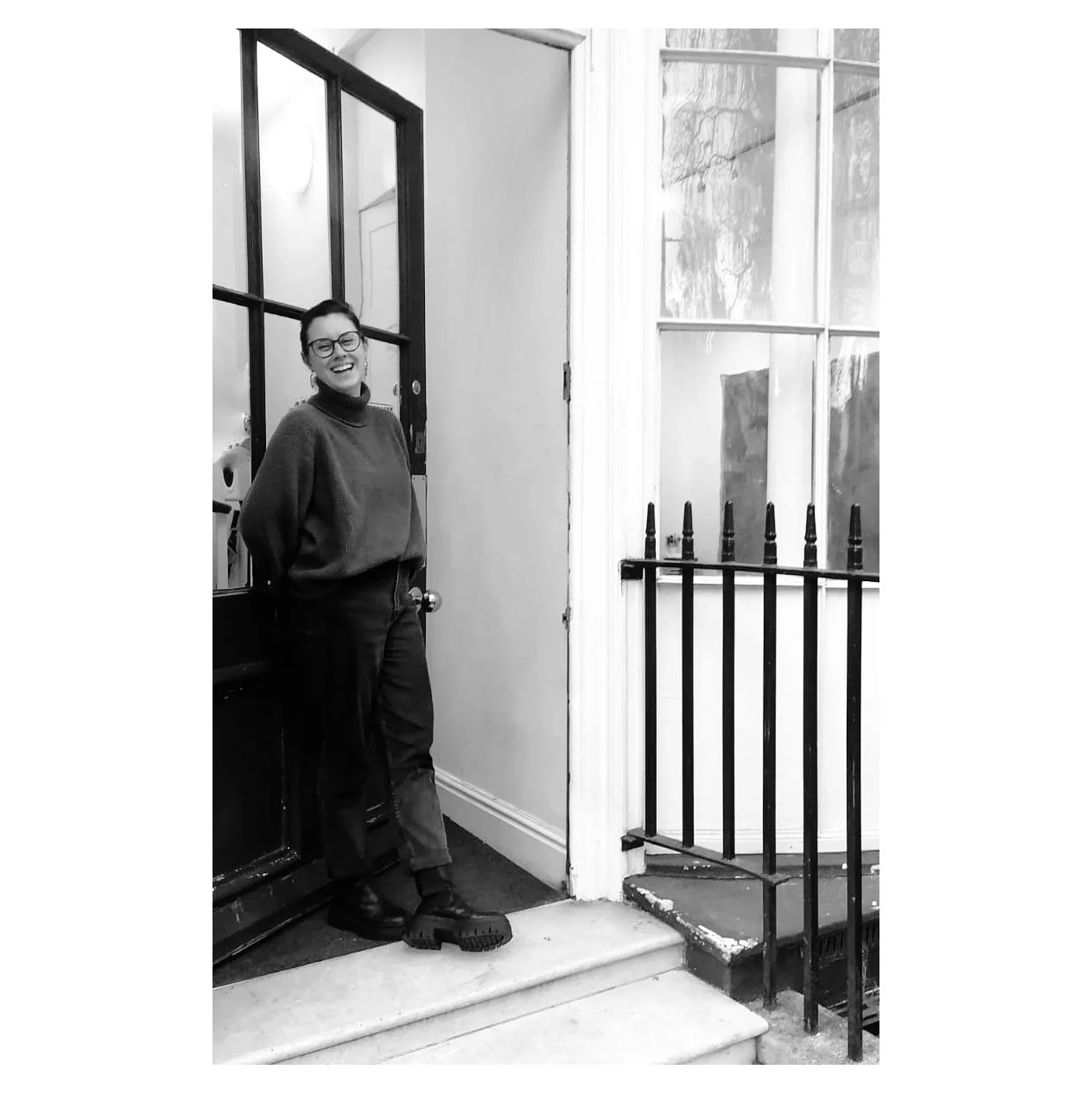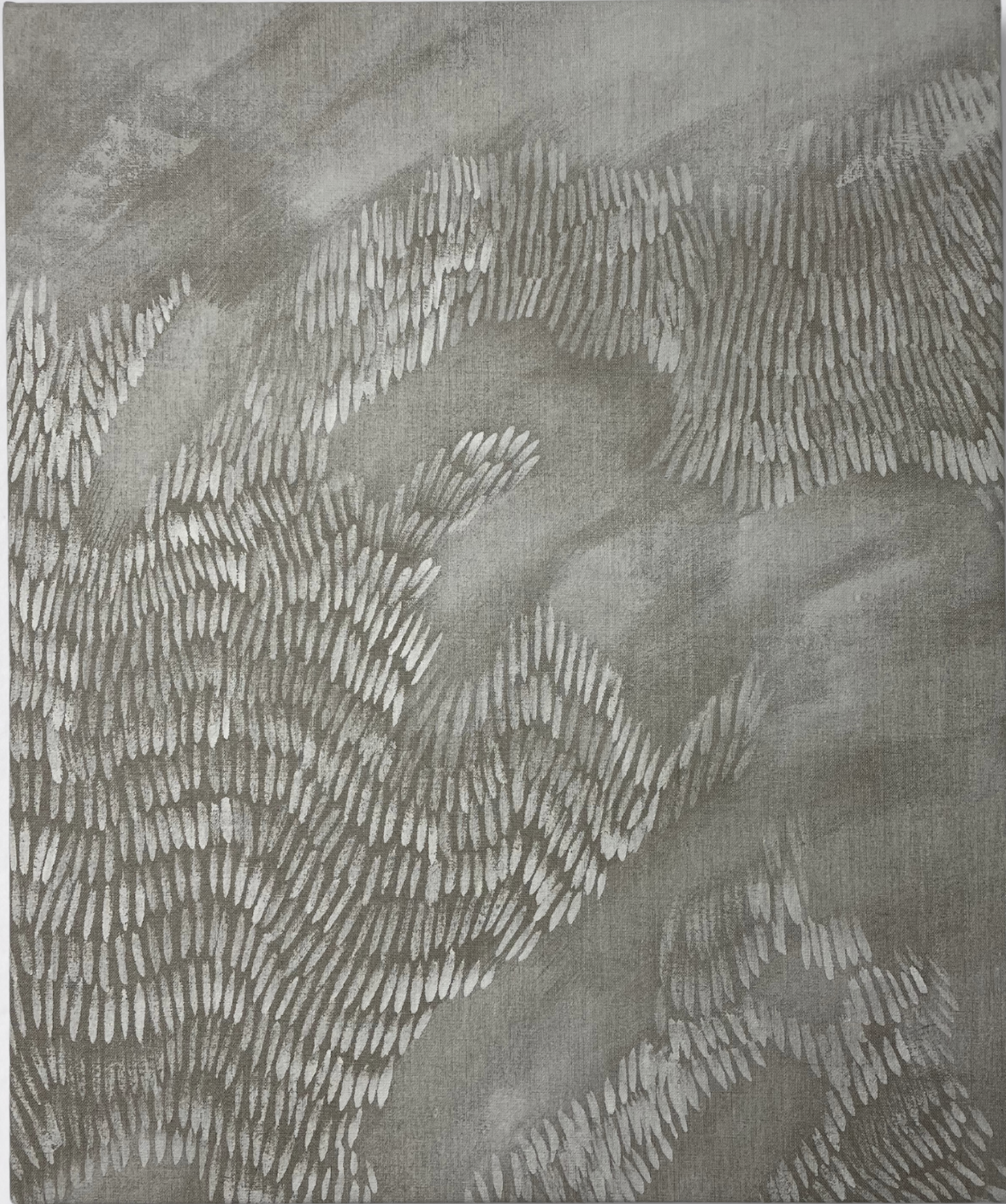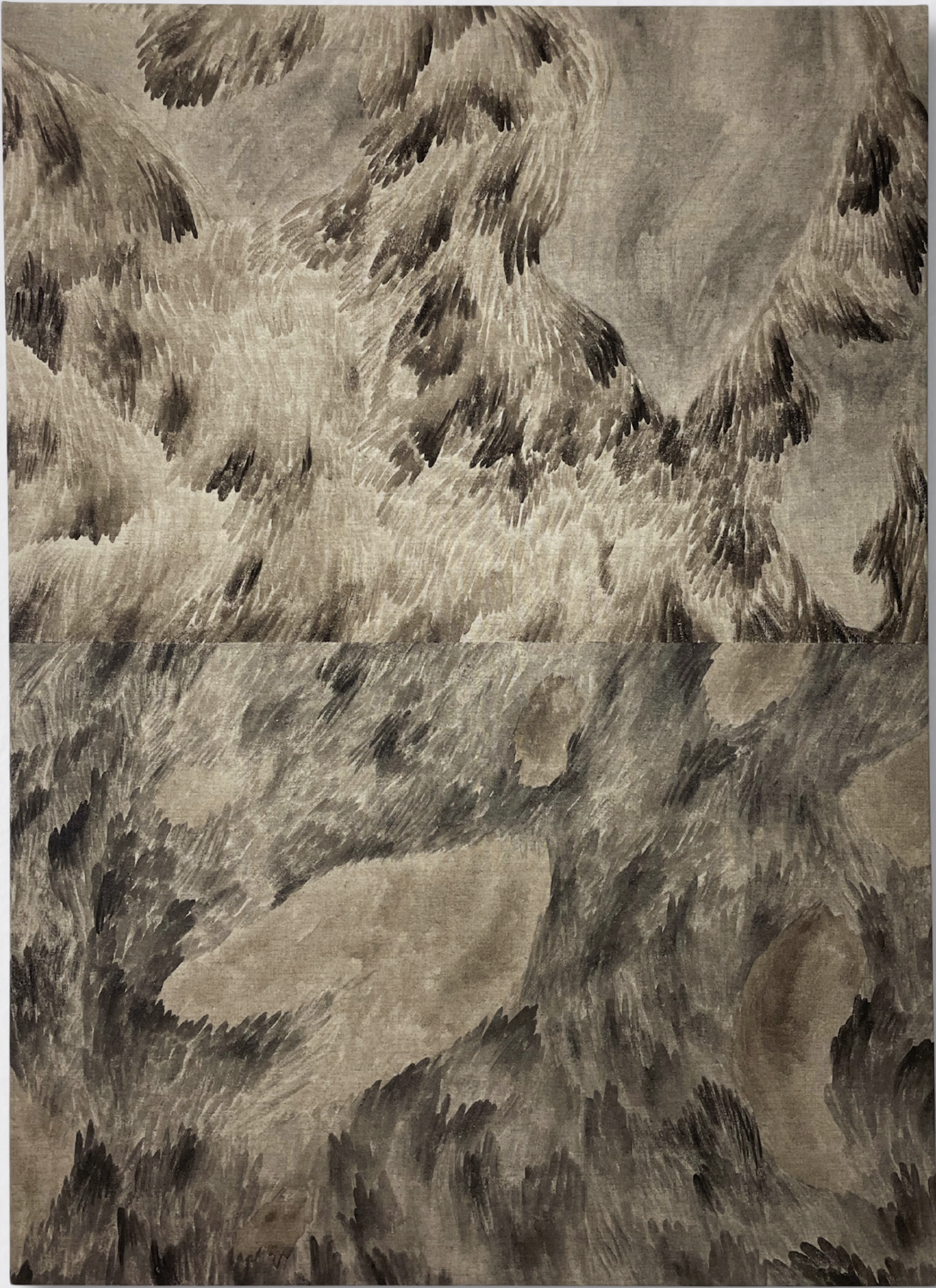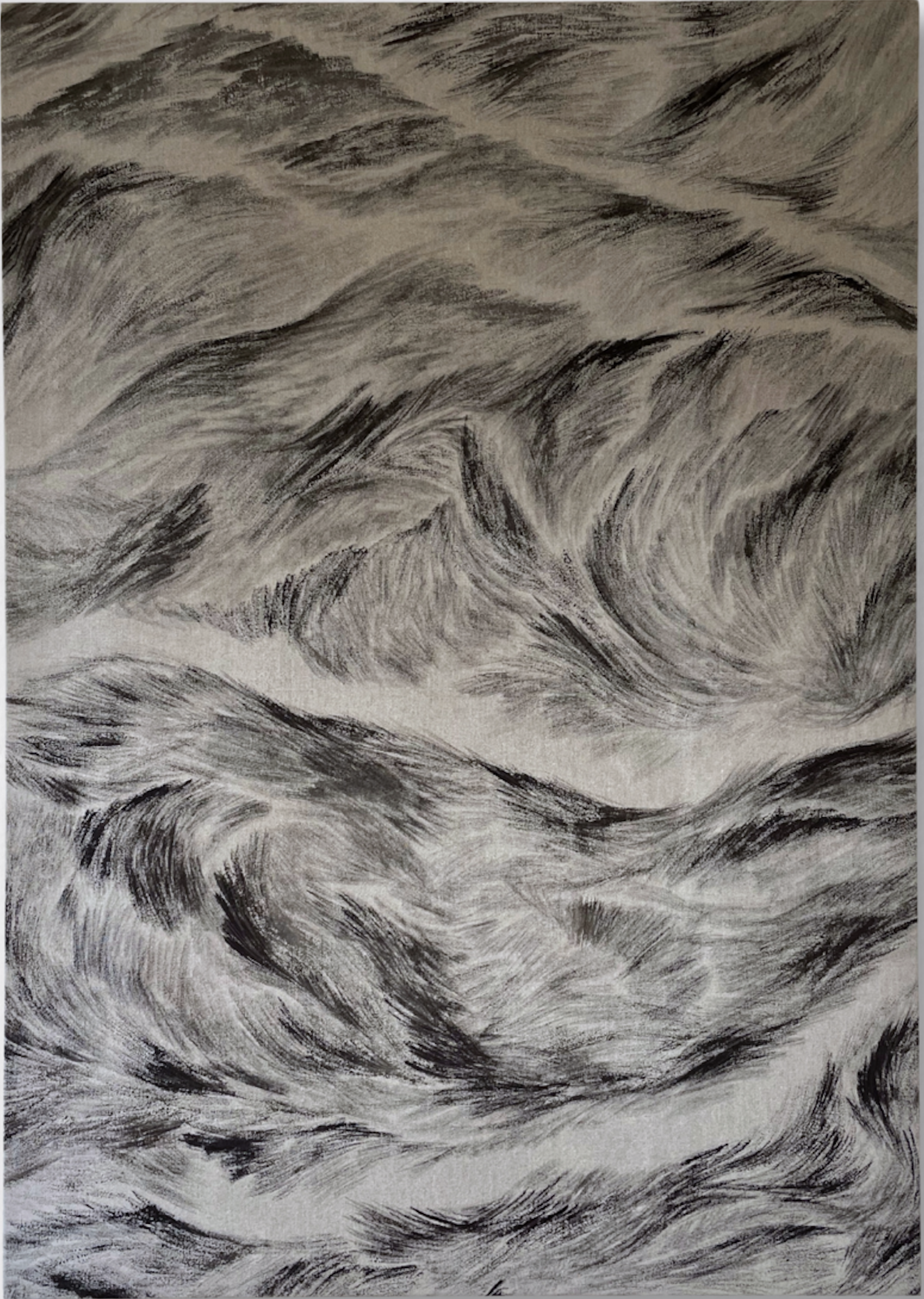LISA MARIE-PRICE
‘There is something really special about going out foraging for colour, and the surprise of each individual rock, the colours it produces and the connection to the earth. All the pigments I use in my paintings have a personal story for me.’
Lisa-Marie Price is a pioneering, abstract eco-artist who uses earth minerals to make sustainable watercolour pigments. After adopting a vegan lifestyle in 2017, she began to reflect on wider ecological issues, including the provenance of her materials, and set herself the goal of minimising her imprint. Today, she uses natural pigments to paint a series of subtle, highly detailed works on linen off-cuts that draw from ancient traditions while facing contemporary challenges.
When developing her new practice, she drew inspiration from wide reading, as well as from other eco-artists like Tilke Elkins, of the Wild Pigment Project, and Caroline Ross, author of Found and Ground. This research was the foundation of a new process in which her materials were foraged on walks, reflecting a sense of responsibility to the natural world, and a love of being out in the elements.
Her current work uses chalk from Meon in Hampshire, and sea coal from beaches on the Isle of Mull, or Cambois Beach, Northumberland. She uses photographs and sketches to record her progress through landscapes, making a series of small, detailed marks that track her routes onto the linen. The marks build and fade to create a sense of movement that shows itself in patterns that might remind us of crops or waves, but for Lisa-Marie reflect her recollections from each precious encounter with nature.
To make up the paints, Lisa-Marie returns to her studio, and records her foraging locations, before grinding the minerals to powder with a pestle and mortar. This can be quick or arduous, depending on the material. Chalk and coal are relatively quick, while something like slate takes longer. The next stage is to sieve the pigment to check that it is finely ground. Each batch of pigment is stored and noted in a log, for future reference.
When the time comes to use the paint, the artist uses an etched glass plate and glass tool (muller) to mix it with a binder, in this case gum arabic. When the paint becomes thick and sticky, not unlike melted chocolate, it is ready to use.
Lisa-Marie works with small batches, so as not to create waste. Once each pigment is used, it can never be replicated, highlighting the intrinsic worth of each pigment, and the urgency of countering over-consumption. She welcomes the challenges that a sustainable approach will pose, and appreciates the differences of each batch of paints, taking notice of variations. ‘For example, chalk is a beautiful soft pigment to work with, whereas coal is gritty and dense,’ she says, ‘and the brush marks they produce are very different.’
She has found that the gentle tone of her works creates a welcoming platform for discussion about ecological crisis. ‘Once you start to look more into ways of being sustainable the possibilities are endless, and I want to do as much as I can on a personal level to minimise climate change and help our environment to stay healthy, while encouraging others to do the same.’
She has been influenced by artists including Bridget Riley (b.1931), minimalist Eva Hesse (1936 – 1970), Yayoi Kusama (b.1929), land artist Richard Long (b.1945) and Marlene Dumas (b.1953). She studied at the University of East London, and is represented by Columbia Road Gallery, London. Her work has been included in exhibitions at the Royal Academy, MK Gallery, and the Shard, among others. Lisa-Marie’s studio is in Old Hatfield, Hertfordshire.
The artist was interviewed by writer Annie Friedlein
‘Materiality’ runs from 20 April to 08 June 2024.
Please contact us for available works and price lists.
